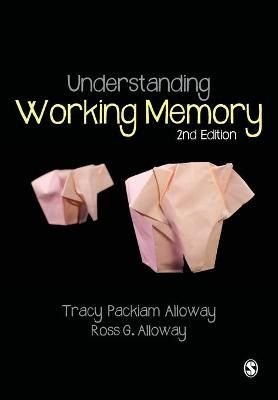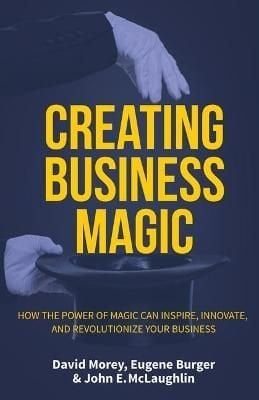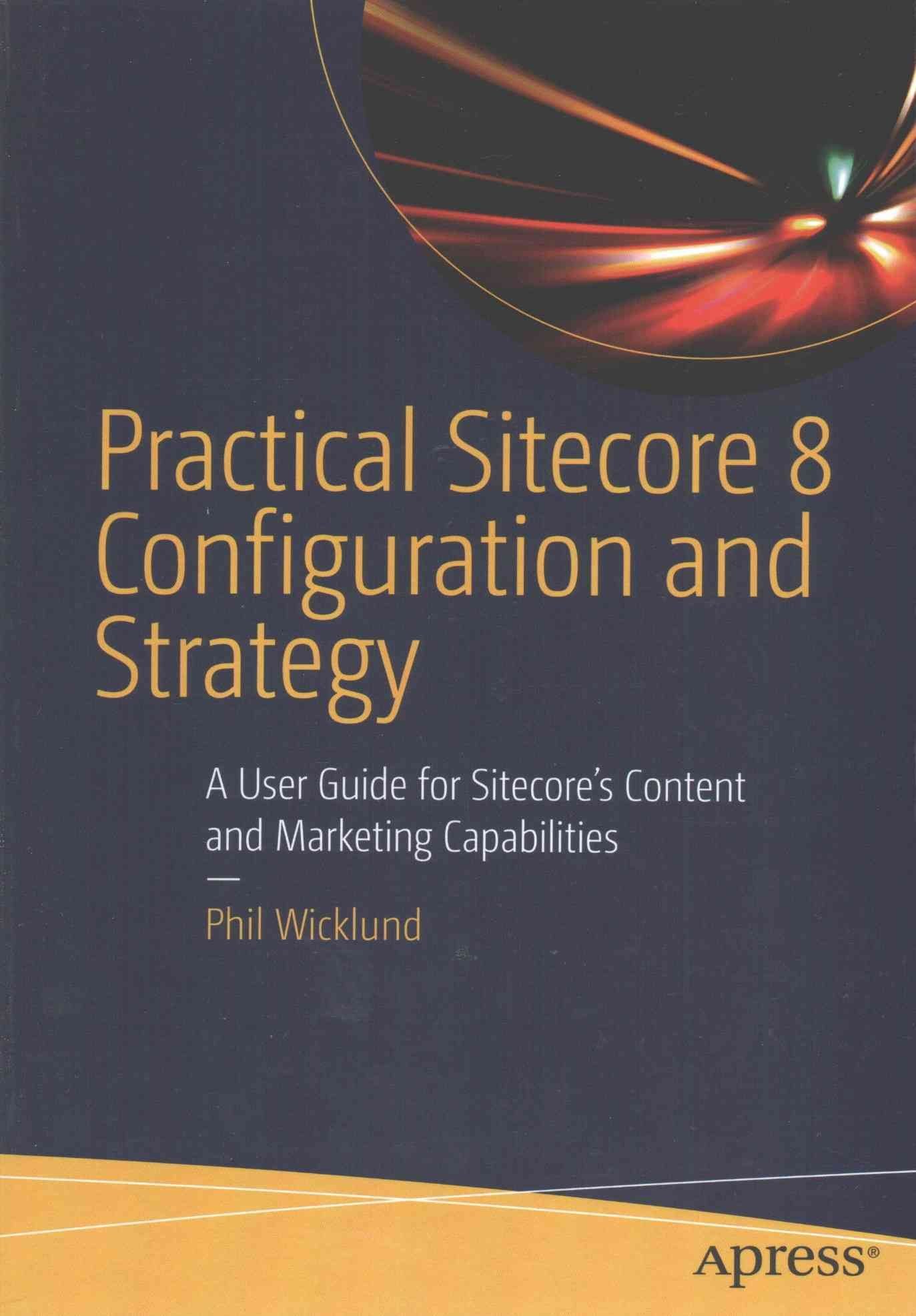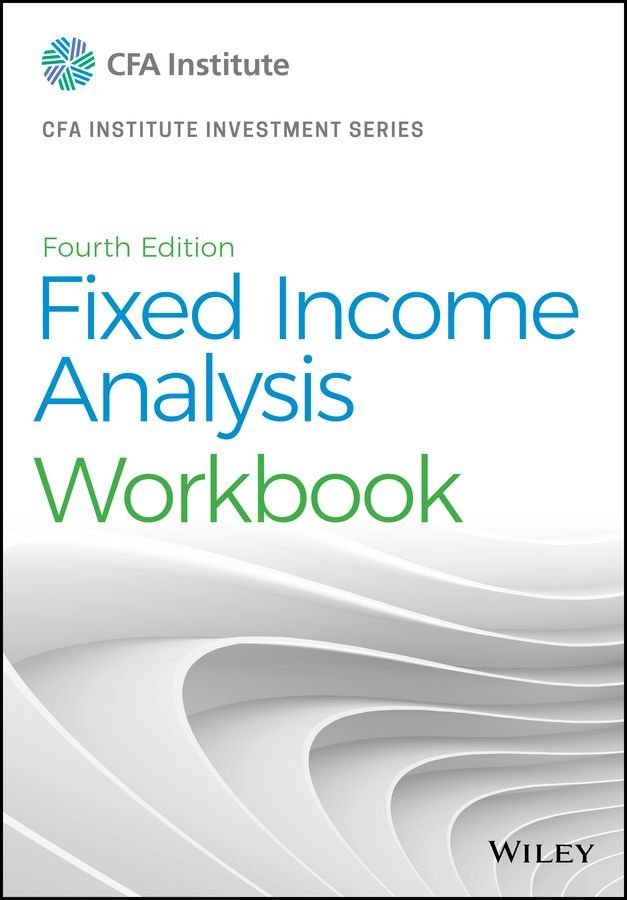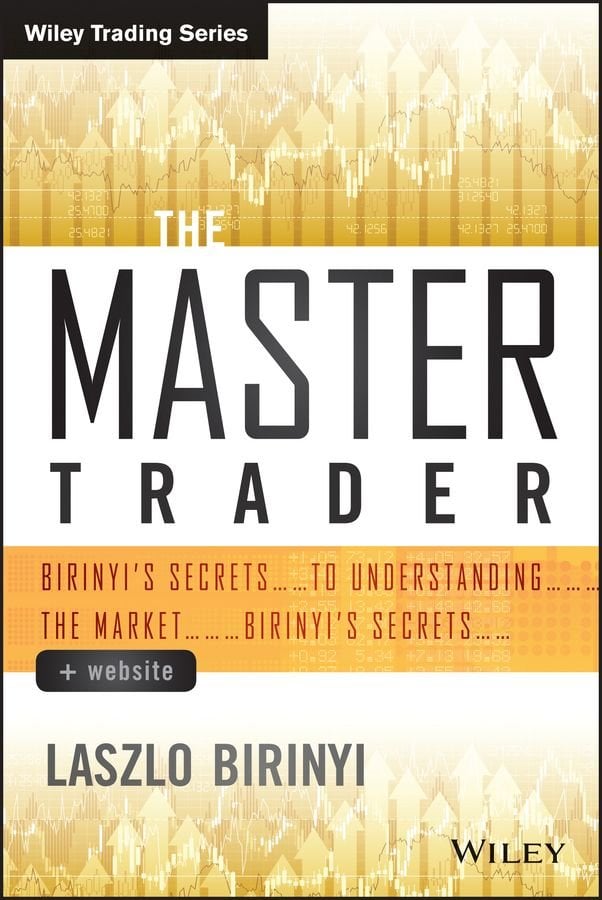It is hard to conceive of a classroom activity that does not involve working memory ? our ability to work with information. In fact, it would be impossible for students to learn without working memory. From following instructions to reading a sentence, from sounding out an unfamiliar word to calculating a math problem, nearly everything a student does in the classroom requires working with information. Even when a student is asked to do something simple, like take out their science book and open it to page 289, they have to use their working memory. Most children have a working memory that is strong enough to quickly find the book and open to the correct page, but some don’t ? approximately 10% in any classroom. A student who loses focus and often daydreams may fall in this 10%. A student who isn’t living up to their potential may fall in this 10%. A student who may seem unmotivated may fall in this 10%. In the past, many of these students would have languished at the bottom of the class, because their problems seemed insurmountable and a standard remedy like extra tuition didn’t solve them. But emerging evidence shows that many of these children can improve their performance by focusing on their working memory. Working memory is a foundational skill in the classroom and when properly supported it can often turn around a struggling student’s prospects. This book will make sure you are able to spot problems early, work with children to improve their working memory and ensure they reach their full potential. How does the book work? Each of the following chapters includes a description of the learning difficulty (WHAT), followed by an inside look into the brain of a student with the disorder (WHERE), their unique working memory profile (WHY), and classroom strategies to support working memory (HOW). There are two types of strategies: general working memory strategies that can be applied to all students in your class, and specific working memory strategie …
